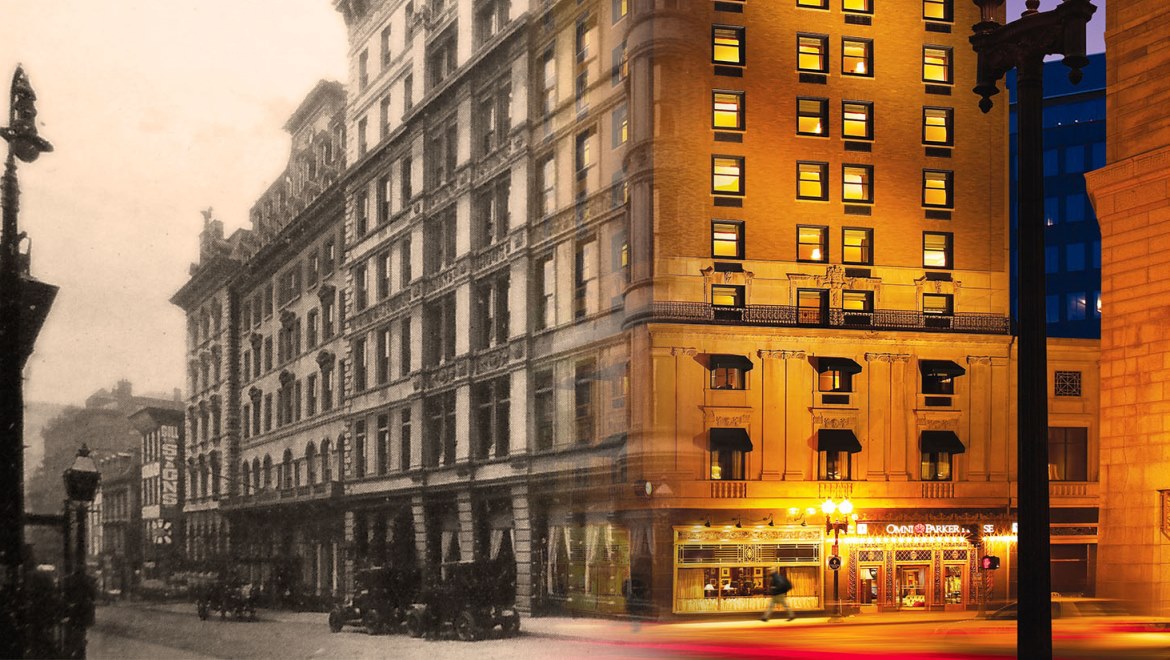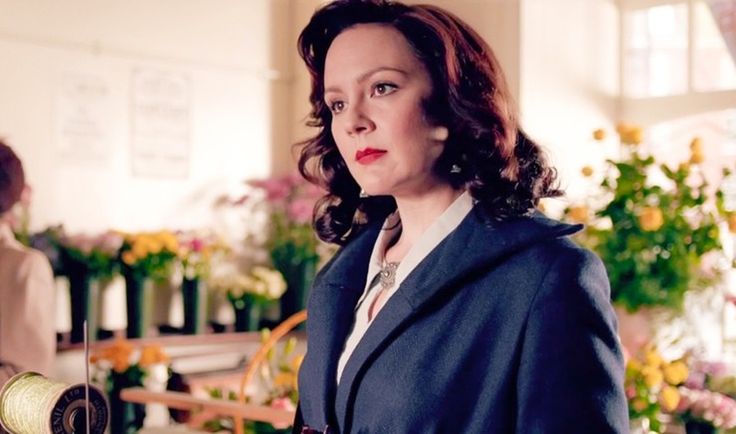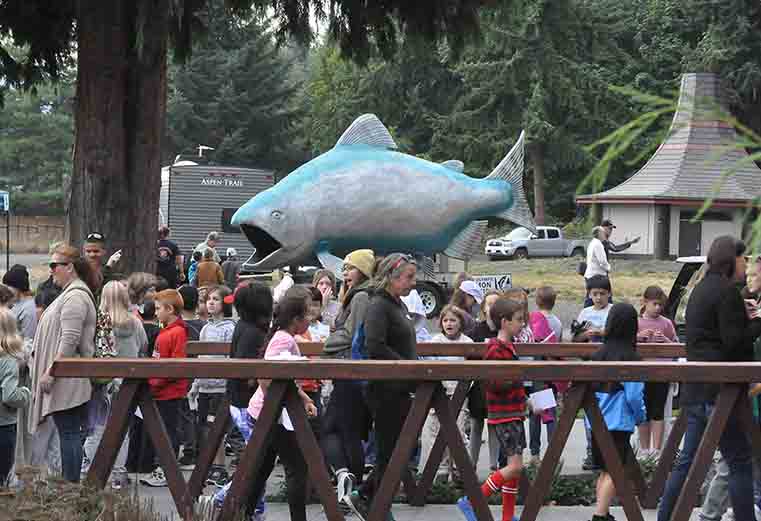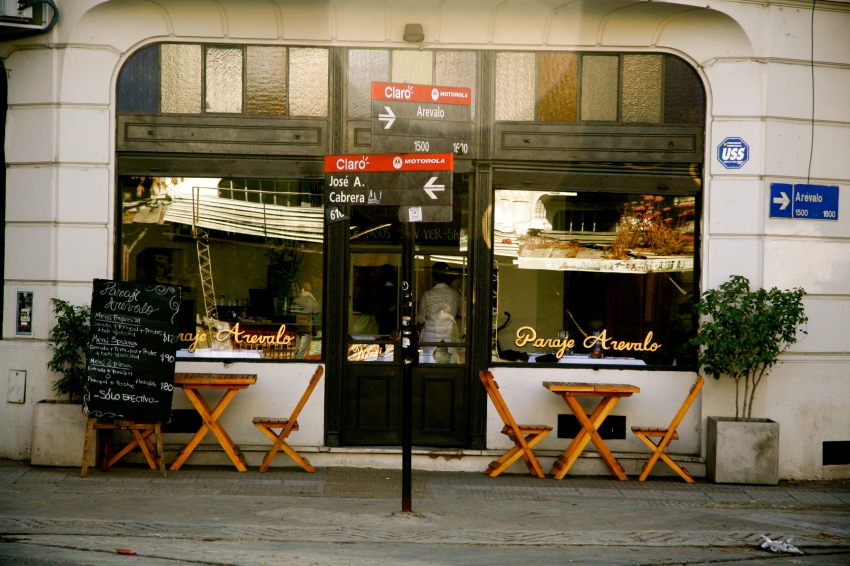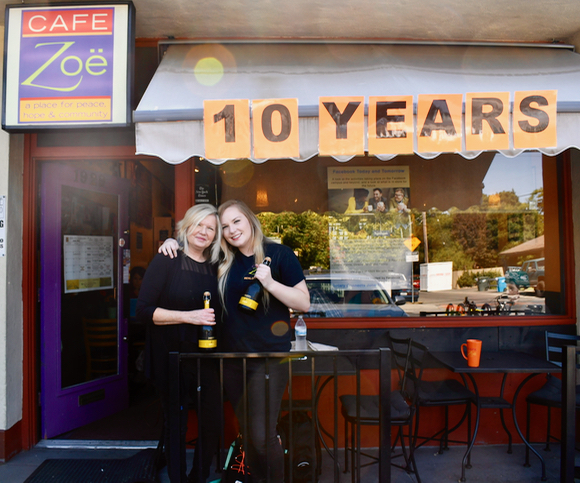
The following is a guest post by Kitti Tóth. Tóth is a PhD student in Modern English and American Doctoral Programme at Budapest, Eötvös Loránd University. She became a Woolf enthusiast when she was an undergraduate student. She is currently working on her dissertation in which she examines the role(s) of art and artistic activity presented in Virginia Woolf’s particular novels. Her other research field is the contemporary novelist, short story writer, poet, and essayist Michèle Roberts:
Artworks that exist outside the gallery and museum structure and have no longevity in the usual sense of historical pieces can improve our attention to the true purpose of art.
In Woolf’s novel, To The Lighthouse Mrs. Ramsay’s dinner scene serves as a perfect example of anti-art, an attempt to refuse the need for permanence in relation to artwork, and to react against the materialism and commercialization of the art world and the fetishization of the art object.
Instead of producing a material object Mrs. Ramsay works with a live event when creating her art. Evidently, an event is not a durable object which increases its value with time; on the contrary, it is ephemeral; it has a limited life span.

Mrs. Ramsay’s ephemeral art calls explicit attention to the impermanent nature of life, objects and their arrangement. By creating an artwork that is bound to decay Mrs. Ramsay can directly experience the relationship between herself, her creation and the passage of time as her art yields to external forces and the fleeting character of its components.
The dinner scene has a time- and site-specific form: it is an action in a particular time and at a particular place that acts as an ephemeral installation built within a site. The dinner table provides space for Mrs. Ramsay’s artistic expression which is realized through the guests and their acts.
The dinner scene stands as an artwork that is composed around the kitchen table when all the candles are lit; candlelight creates the space of Mrs. Ramsay’s piece, a space of order and stillness occurs.
The company of family members and friends present a scene: “Some change all at once went through them all, as if this had really happened and they were all conscious making a party together.” The faces of the guests around the table become visible around the bowl of fruit beautifully arranged, placing the bowl in the center as the object d’art, hereby creating a work of art within a work of art (just like Lily Briscoe’s painting in the novel.)
Mrs. Ramsay makes her own definition of artistic activity when she attempts to settle things in a form that is by definition uncertain and transient. The text implies the promise of creating something beautiful and permanent: they all have “their common cause against the fluidity out there” (80), as Lily observes.
The gathering’s common cause lies in fixing the moment. Mrs. Ramsay reaches security when she sees her husband, children and friends eating, “all of which rising in its profound stillness.” She delights in experiencing stillness and stability, and deems her work as something that is “immune from change, and shines out.” At this point words are rendered useless: “Nothing need be said; nothing could be said.”
Mrs. Ramsay acknowledges the completion of her artwork when seeing them in their peace and stability, being part of eternity; “the thing is made that remains for ever after. This would remain.” The utilization of the word “the thing” instead of ‘something’ can be apprehended as an obvious reference to an artwork that is now created, conveys value and should not perish.
However, decay and disappearance transpire over the course of time. Mrs. Ramsay is unconsciously guarding over the dish of fruit during the dinner and “hoping that nobody would touch it” (88). But the pictorial scene is soon destroyed by one of the children taking a piece of fruit and thus spoiling the composition. Mrs. Ramsay faces the vulnerability of her artwork: “How odd that one’s child should do that.” The means of her art form is not stable; it gives way to external forces. By the dismantlement of the created space stillness vanishes, and transience occurs.
The process of artistic activity gains precedence over the created subject: “with her foot on the threshold she waited a moment longer in a scene which was vanishing even as she looked, and then… it changed, it shaped itself differently; it had become, she knew, giving one last look at it over her shoulder, already the past.” By leaving the room, the site of her creation, her artwork is completed: “Yes, it is time for that now” — it is through the filter of Lily that we learn Mrs. Ramsay’s recognition of letting her art disappear.
One can argue that such artistic activity unavoidably leads to loss, death and mourning, however, it is this transitory nature of art that allows Mrs. Ramsay to establish a link between the relationships of existence, decay and loss. Here, in this transition between life and death, the purpose of her art is born: to acknowledge and celebrate transiency.
The place and the event have a special bond: the artwork can only be interpreted by the participants of the dinner, but there always remains a co-existence of a number of different narratives, of different perceptions and interpretations of the event.
Therefore, it becomes open for transgression through the process of encounter, remembering and forgetting play across time. The preservation of such time- and site-specific artwork has to be understood as something that eventually is going to be reinterpreted in order to be re-experienced. The memory of Mrs. Ramsay’s dinner will be relived by the participants, always subject to other histories, times and narratives, thus, ambiguity and unpredictability.
It is exactly this plurality nature of her work that Mrs. Ramsay celebrates: her art disappears without a tactile object but remains in the memory of the participants. The function of preservation of an ephemeral artwork is actually the reconstruction of the memory of a work that does not exist anymore, that has an absence of material substance.
What Mrs. Ramsay eventually “produces” is the relations between people, her work of art and the world. A creation is thus born from which a number of different experiences can be organized through mutual relationships in order to express something different out of them.
Source:
Woolf, V. (2008) To the Lighthouse. USA: Oxford University Press

